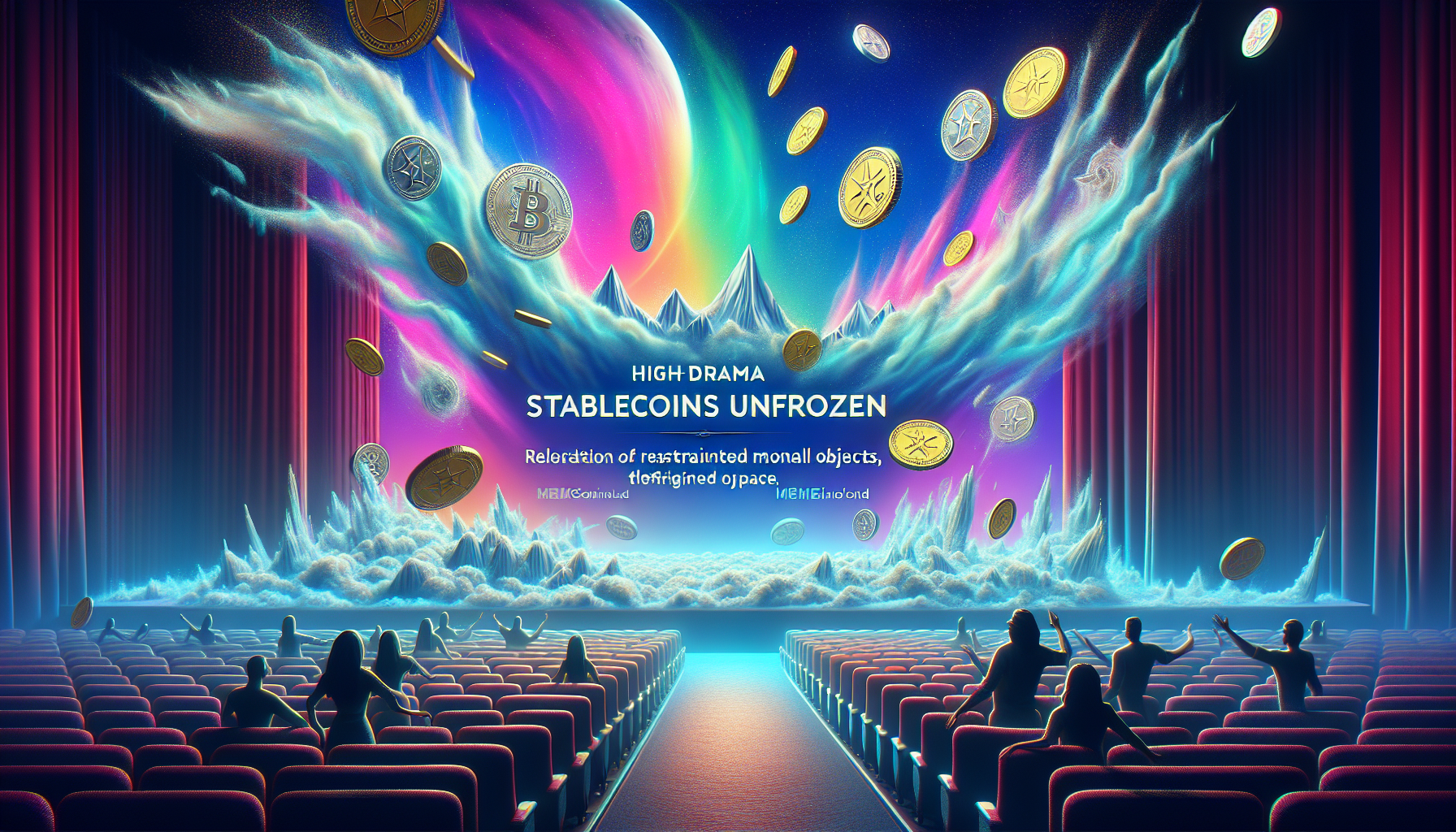 US lawmakers are gearing up for a fiery discussion on the future of stablecoin regulation. The crypto world is buzzing with anticipation as key industry leaders prepare to share their insights on digital asset oversight.
US lawmakers are gearing up for a fiery discussion on the future of stablecoin regulation. The crypto world is buzzing with anticipation as key industry leaders prepare to share their insights on digital asset oversight.
Charles Cascarilla, the co-founder and CEO of Paxos, is set to take the stage before the House Financial Services Committee. His mission? To push for “cross-jurisdictional reciprocity” in stablecoin regulations. This isn’t just a fancy term; it’s a call for a unified approach to stablecoin oversight across borders.
In his prepared testimony, Cascarilla highlighted the challenges Paxos’ Global Dollar (USDG) stablecoin faces due to its issuance through a regulated affiliate in Singapore. He expressed concerns that without swift action, products like USDG might get stuck in regulatory limbo while agencies deliberate.
The crux of Cascarilla’s argument is simple: the US must act swiftly to prevent regulatory arbitrage. He recommends that lawmakers bolster the current “international reciprocity language” with clear timelines for the US Treasury Department to recognize overseas jurisdictions for stablecoin regulation. This move, he argues, would ensure timely action and prevent bureaucratic delays.
Cascarilla emphasized that this isn’t about lowering standards but raising them globally. By recognizing jurisdictions with comparable regulatory frameworks, the US can prevent issuers from exploiting lax oversight abroad. It’s about setting a gold standard in stablecoin regulation.
But there’s more to the story. Paxos has faced compliance hurdles in the European Union following the enforcement of the Markets in Crypto-Assets (MiCA) framework. Since its implementation in December 2024, several crypto asset service providers, including Crypto.com and Coinbase, have delisted Paxos stablecoins like Pax Dollar (PAX) and Pax Gold (PAXG).
While Cascarilla calls for a global framework, others in the industry have different views. Jeremy Allaire, co-founder of Circle, argues that all dollar-based stablecoin issuers should register in the US to ensure consumer protection and fair competition. Circle’s USDC stablecoin, regulated in the US, was the first to gain MiCA compliance in 2024.
As the debate unfolds, one thing is clear: the world of stablecoins is at a crossroads. The decisions made today will shape the future of digital finance. Stay tuned as this story develops, and keep your eyes on the horizon for more updates from the ever-evolving world of crypto.




